People tend to go through a few distinct phases when it comes to this question.
First there’s the “I want to get into shape but I’m afraid of feeling sore afterward” phase. People who just start working out frequently half-ass it out of an aversion to fatigue. Ironically, this doesn’t always help them avoid soreness, since it can prevent them from fully adapting to the workouts.
Some people skip right past this phase and are really serious about exercise from day one. Or so I’m told.
Then there’s the “Fuck this shit, I’m going balls to the wall, no pain no gain!” phase, typified by an over-reliance on training to failure. People who have this mentality typically view a training session as “successful” if they feel exhausted afterward and can barely walk the next day.
I remember when I went through this phase, after one session of training to failure on every set I bragged on Facebook that I didn’t even have the strength to take my shirt off afterward. Ah, the follies of youth.
So, two extremes, two bad answers to these questions. But what’s the correct attitude towards soreness and fatigue? They’re two different things so I’ll tackle them one at a time.
How Sore You Should Feel After A Workout
Contrary to what you would intuitively assume, soreness does not correlate very well at all with how productive a workout was.
If you’re new to working out, or to doing a specific set of exercises, you’ll probably get very sore unless you’re not pushing yourself very hard at all. This soreness can last for up to 3-4 days in some cases.
Once you have a few years of training experience and/or a couple months of experience with the specific exercises you’re doing, you may feel only a tiny bit or soreness during the workout, and no delayed onset muscle soreness the day after.
It varies by muscle group too– quads, hamstrings and back extensors get sore very easily, pecs, calves and biceps get somewhat sore, and shoulders rarely if ever get sore.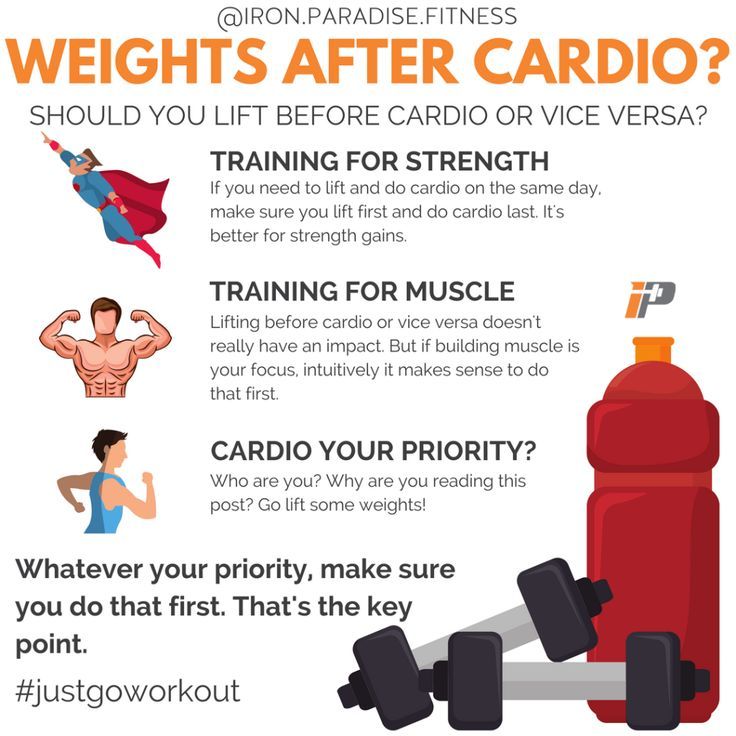
Nowadays I hardly ever get DOMS, aside from a little bit in my lower back after doing deadlift variants followed by squats or leg presses. I usually feel just slightly sore immediately after the workout, but it rarely lasts. I’m still making gainz.
Soreness is simply not a reliable indicator of how well a training session went. It shouldn’t be viewed as the goal of a training session, but neither should you go very far out of your way to avoid it. It’s often a necessary evil, particularly for novices, but that’s entirely different from saying it’s desirable.
How Tired You Should Feel After A Workout
Unlike soreness, fatigue doesn’t change too much with your training age, and it actually is a somewhat reliable gauge for training productivity.
After each set, you should feel like you could use a bit of a rest, but you should be able to get up and move. Some people do stuff like calisthenics or jumprope between sets, and there’s evidence now that this is good for you.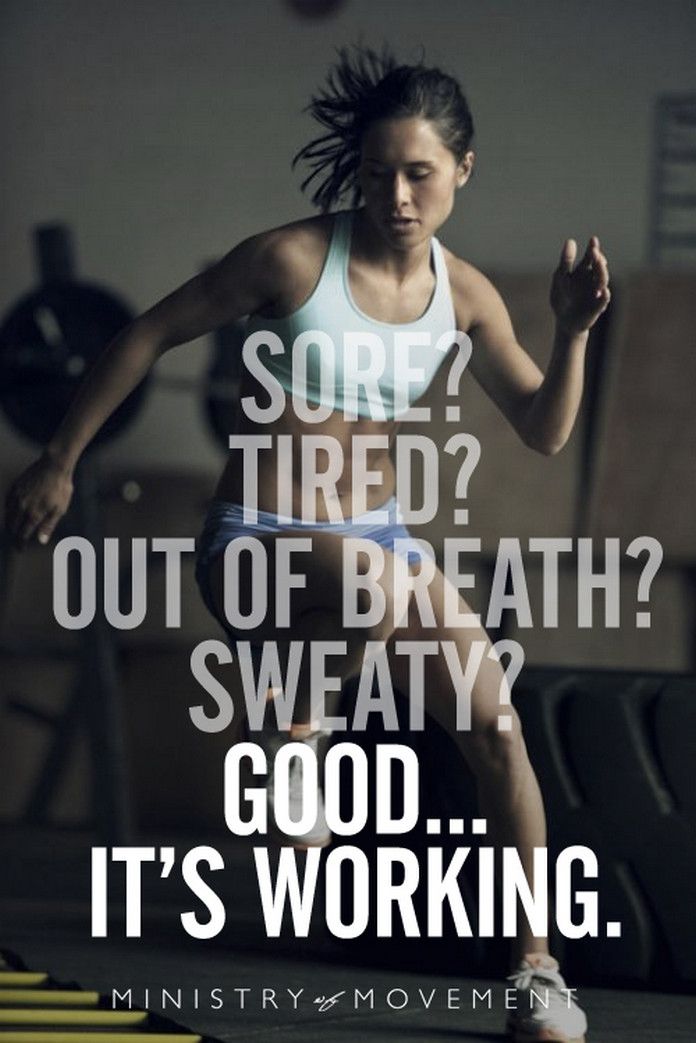 You don’t need to do stuff like that, but you should be able to at least– you shouldn’t feel like you need to sit down and rest after every set.
You don’t need to do stuff like that, but you should be able to at least– you shouldn’t feel like you need to sit down and rest after every set.
After the whole workout is done, you should feel slightly tired, and noticeably weaker in the specific muscles you trained. You should have no trouble changing clothes, walking home from the gym, or whatever– if you’re too tired to move normally, you overdid it.
You should however feel a decrease in energy and motivation to exercise– if you want to train even more, you should probably have pushed yourself a little harder.
3-4 hours after your workout, you should feel like you could do another workout. Your level of readiness to exercise should still be lower than it was before the workout, but not so low that you feel like you absolutely can’t work out again.
Ignore that last paragraph if you trained in the evening, of course– you should feel tired if it’s bedtime.
All of this assumes you’re well-rested and well-fed.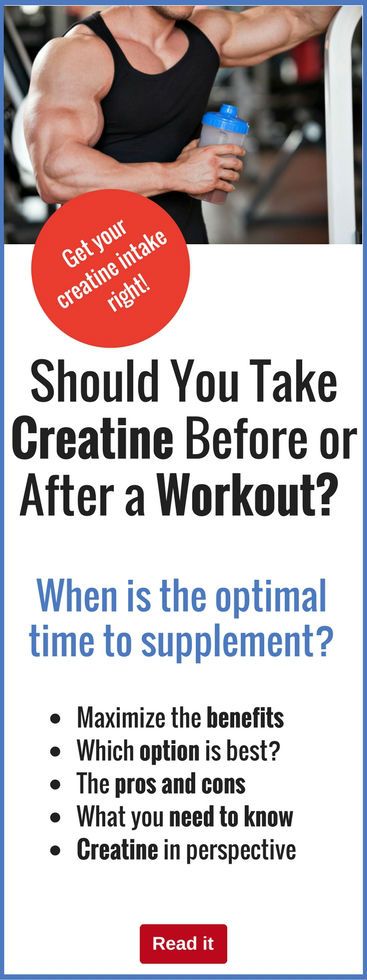 If you’re having an off day, you’ll feel more tired after your workout, but that should be taken as a sign that you need more sleep rather than that you trained too hard.
If you’re having an off day, you’ll feel more tired after your workout, but that should be taken as a sign that you need more sleep rather than that you trained too hard.
Got all that? You should be able to move around between sets, feel tired but not wiped out after your workout, mostly back to normal 3 hours later, and soreness doesn’t mater that much either way.
Physical activity is known for boosting energy. That’s because exercise increases your heart rate and blood flow, making you feel awake. It’s one of the many benefits of working out.
However, it’s also possible to get tired after exercise. This is especially common after high-intensity workouts. Physical activity, after all, requires a lot of energy and stamina.
If you feel tired after a workout, you may want to take a nap. In this article, we’ll discuss the pros and cons post-exercise napping, along with tips for doing it right.
In general, feeling sleepy after exercise isn’t a cause for concern.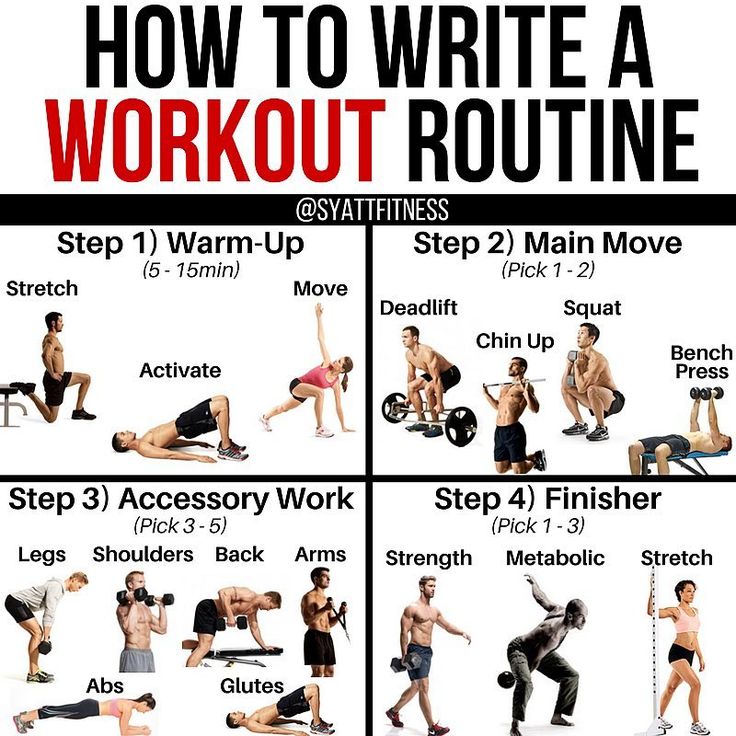 It’s normal to feel tired after physically exerting yourself.
It’s normal to feel tired after physically exerting yourself.
This is more likely after intense workouts. For example, you can expect your energy levels to dip after a long run or high-intensity interval training.
On the other hand, a lighter workout like a leisurely walk probably won’t make you tired.
Everyone is different, though. Your energy after exercise depends on many factors, including:
In some cases, feeling sleepy after exercise might be a sign that you’ve pushed yourself too hard.
Post-workout sleepiness is caused by the body’s natural response to physical activity.
When you exercise, your muscles repeatedly contract. They use adenosine triphosphate (ATP) to produce these contractions. ATP is a molecule that provides energy for your cells.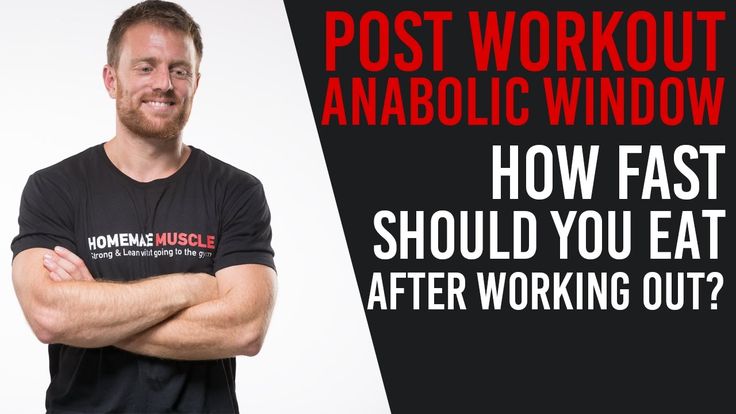
Your ATP levels decrease as you continue working out. This reduces your muscles’ ability to function, resulting in muscle fatigue. It’s known as peripheral fatigue.
Your central nervous system (CNS) also plays a role. During exercise, your CNS repetitively fires signals to activate your muscles. The firing, however, will become less charged the longer you work out.
Additionally, exercise increases various neurotransmitters, including dopamine and serotonin. These changes reduce your CNS’ capacity to activate your muscles, leading to central fatigue. As a result, you may feel tired and want to take a nap.
If you’re thinking of taking a post-workout nap, consider the potential pros and cons.
The advantages of napping after a workout include:
 This is essential for muscle growth, athletic performance, and reaping the benefits of physical activity.
This is essential for muscle growth, athletic performance, and reaping the benefits of physical activity.There also some drawbacks to napping after a workout. They include.
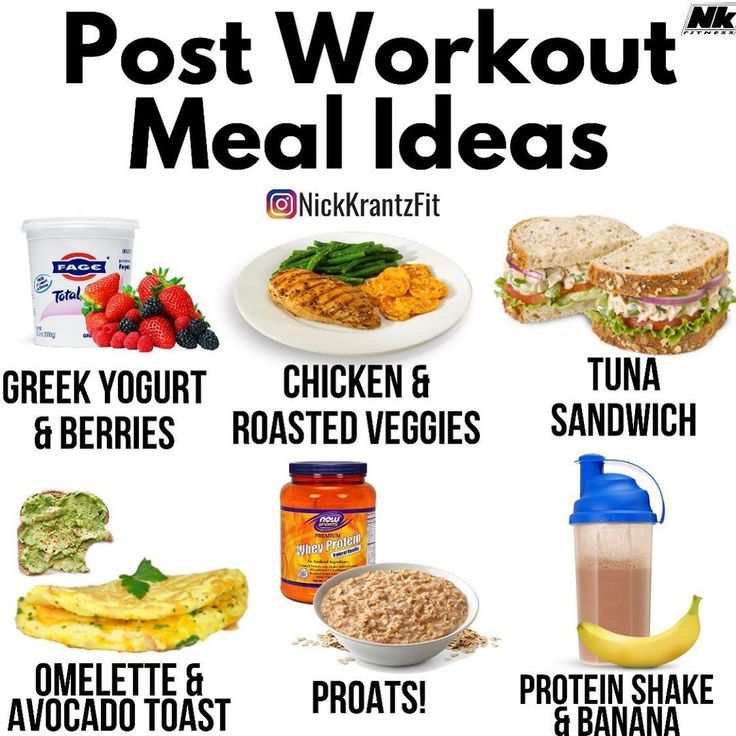 Exercise increases your endorphins and body temperature. These exercise-induced changes can keep your brain and body awake. That’s why some people avoid working out just before bed. Therefore, even if you want to nap, it might be difficult to get quality rest. It might take time to determine if post-workout naps are right for you.
Exercise increases your endorphins and body temperature. These exercise-induced changes can keep your brain and body awake. That’s why some people avoid working out just before bed. Therefore, even if you want to nap, it might be difficult to get quality rest. It might take time to determine if post-workout naps are right for you.Limit your nap to 20 minutes. Avoid napping for 30 to 60 minutes. Otherwise, you may enter deep sleep and wake up with sleep inertia.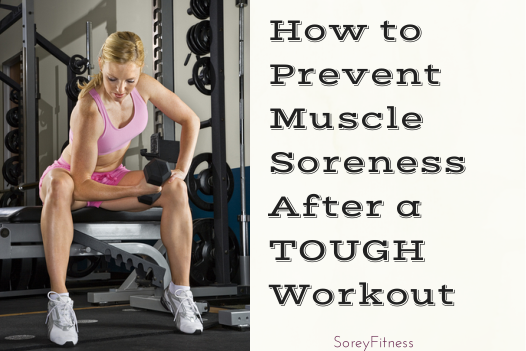
Set an alarm for 25 to 30 minutes. This will give you some time to wind down before a 20-minute nap.
If you feel tired after an evening workout, it might be worth going to bed early instead. Just be sure to hydrate and eat a recovery meal first.
To get the most out of your post-workout nap, keep these tips in mind:
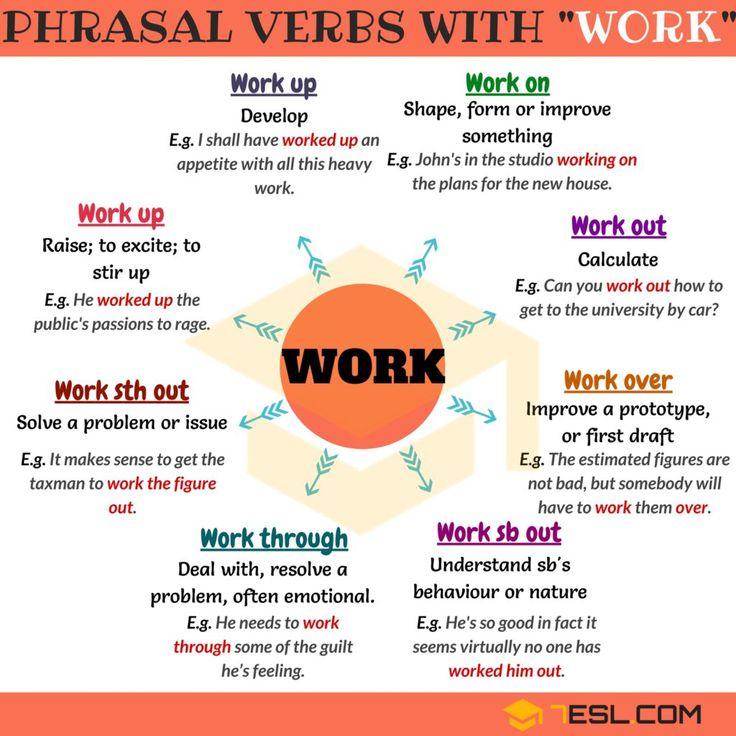 Generally, it’s more comfortable to sleep in a cooler room. Set your room’s temperature between 60 to 67°F.
Generally, it’s more comfortable to sleep in a cooler room. Set your room’s temperature between 60 to 67°F.Take note of how you feel after exercising. Talk to your doctor if you:
These symptoms might indicate a medical condition unrelated to physical activity.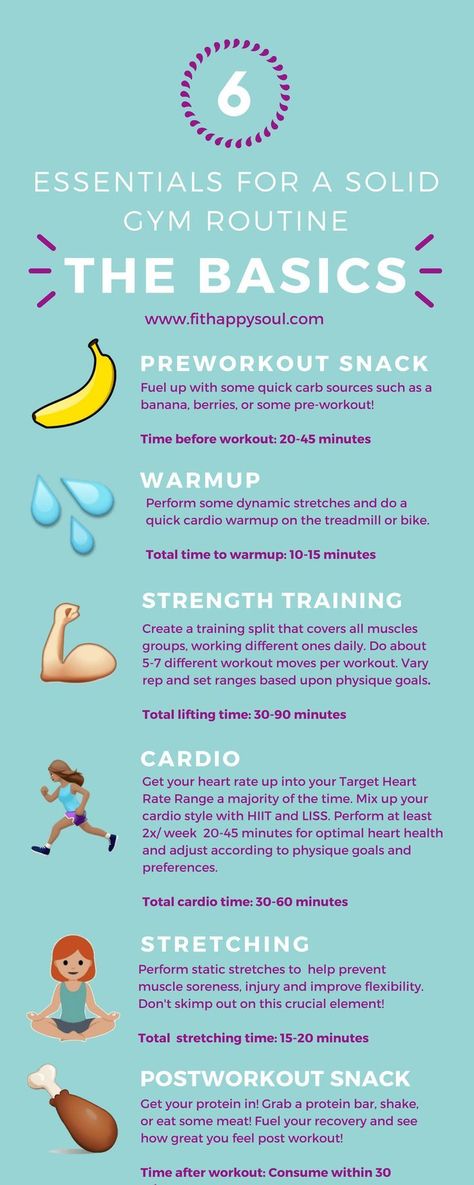
Consider speaking to a physical trainer, too. They can assess your current routine and determine if it’s appropriate for your fitness level.
It’s common to get tired after a long or tough workout. In general, this occurs because your muscles run out of energy. Your central nervous system also loses its ability to keep moving your muscles. This causes muscle fatigue, making you feel tired.
Napping can help facilitate muscle recovery and give you a boost of energy. Limit your nap for 20 minutes to avoid feeling groggy. It’s also best to avoid napping too close to bedtime, which can disrupt your nighttime sleep.
Overall, exercise should improve your energy levels. Talk to your doctor if you constantly feel tired after working out.
February 4, 2016 Sports and fitness
Do you have a slight unpleasant aftertaste after a workout, as if you haven't finished something? Or, on the contrary, does it seem that you dug up the whole grandmother's garden? Jessica Matthews, assistant professor at San Diego Miramar College, says we shouldn't feel overwhelmed after a workout.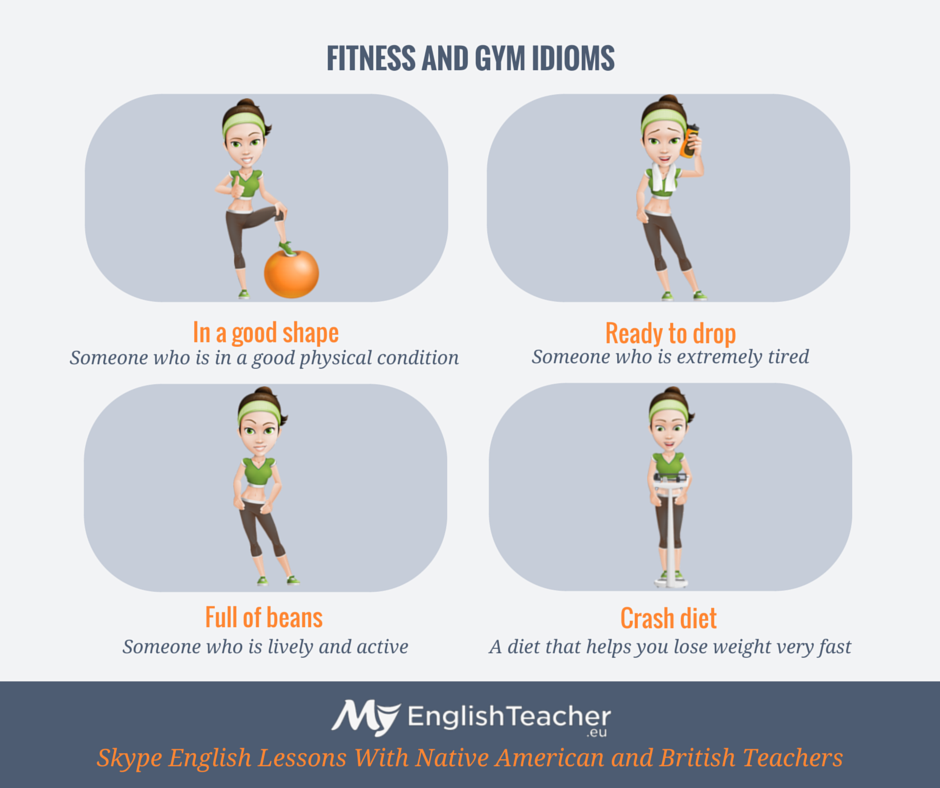 On the contrary, exercise should invigorate!
On the contrary, exercise should invigorate!
Neither the amount of sweat we break down while exercising, nor muscle pain is a correct way to measure effectiveness. There are other, scientifically based signs for this. So, how do you know that your training was really high quality? nine0003
Personal trainer Keri Lynn Ford uses perceived load level to measure her client's effort during training. The American Council on Exercise offers a scale from 0 to 10 points.
The level of effort should be measured by the pace and the sensations that come with it. Increasing your speed or adding hill running can get you closer to the 10 mark. For many, the perception of the resulting load is not quite right. You may think that you are already somewhere at the eighth level, although the coach knows very well that you are still at the fifth. nine0003
Heart rate and its relation to your target heart rate zone are used to determine the level of perceived exertion. The increase in intensity is directly related to the increase in heart rate and the acceleration of metabolic processes in the body.
The increase in intensity is directly related to the increase in heart rate and the acceleration of metabolic processes in the body.
During aerobic exercise, effort is measured by a combination of sensory input from muscles, joints, respiration rate, and heart rate. Usually only a coach can assess the condition of an athlete. During the first few workouts, control heart rate measurements are taken before the start of the workout and after a set of exercises. This is necessary so that the coach can determine how the ward's body reacts to various loads. nine0003
You need a heart rate monitor for accurate measurements. If not, simply put your fingers on the carotid artery, count the number of beats for 10 seconds and multiply by 6. In this case, the value of your maximum frequency is used. To do this, age is subtracted from 220 (for men) or 226 (for women). The number of heartbeats should not exceed this maximum. If the pulse goes off scale, you need to reduce the load.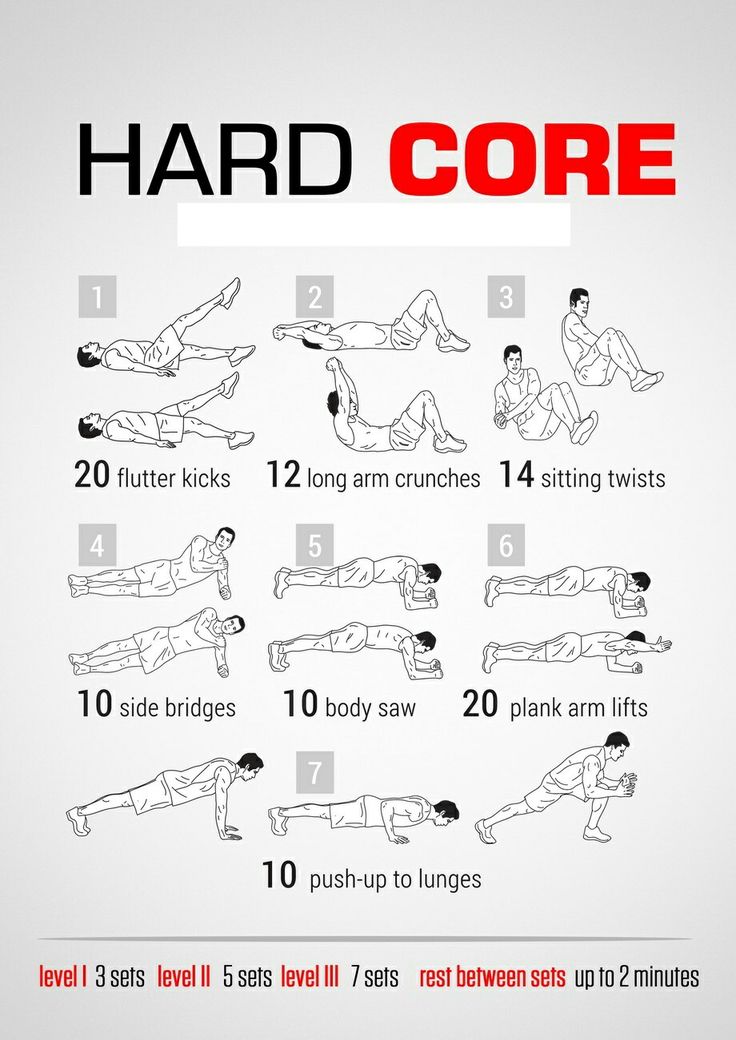
Now that you know your maximum heart rate, you can determine how much percent you have completed today's workout - 60% of maximum power or 100%.
Unlike your heart rate, which is objective (what it is, it is), the feeling of the quality of the applied efforts during training is very subjective. It may seem to us that we are trying very hard, although in fact we have turned on only 50%.
How do you know that you are working at full capacity? The workout should be explosive, it should give you a feeling of strength, not complete exhaustion when you fall to the floor after completing a set. nine0003
Your muscles will increase in volume (will be in good shape) as during exercise they receive more blood for a better supply of oxygen and uninterrupted removal of waste products. If you start to feel a burning sensation in working muscles, don't stop! Right now they are finally starting to work.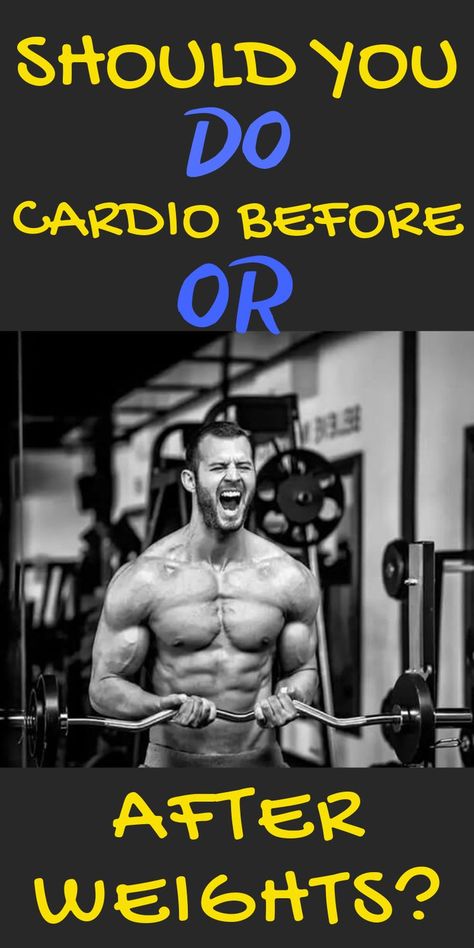
The state when muscle fibers can no longer contract is an indicator of training at 100%. However, you should be very careful here, because there is a very thin line between proper muscle fatigue, accompanied by burning, and excessive effort leading to injury. nine0003
If you feel dizzy, weak or nauseous, sit down and take a short break and drink water. If during the work of the muscle you begin to hear strange sounds: clicks, crackles, pops - and there is a feeling of sipping, stop the workout. After that, it is advisable to consult a doctor, since, most likely, you were injured.
The effectiveness of training can also be measured by how quickly our heart recovers after a load. It is necessary to consider the rate of recovery of the heart rate after a load of low intensity. Recovery within one minute is considered normal. A slower recovery indicates either a poor physical condition or an excessive load. nine0003
Hunger and cravings for carbohydrates are absolutely normal after a good workout.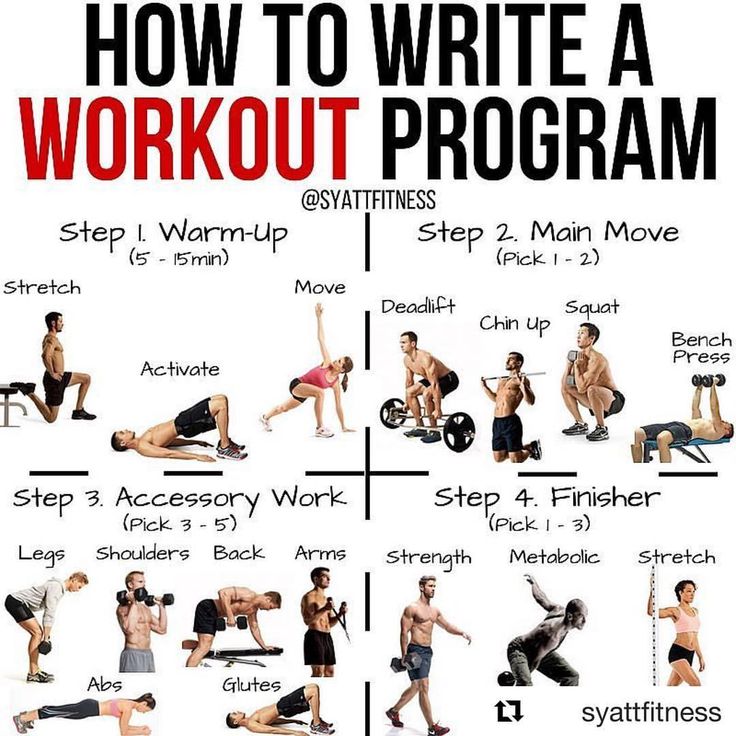 Your body has used up energy and now needs to be recharged. It is advisable to do this within 30 minutes after the end of classes.
Your body has used up energy and now needs to be recharged. It is advisable to do this within 30 minutes after the end of classes.
Usually, immediately after a quality workout, we feel a surge of strength, a burst of energy and positive emotions. However, once in bed, we quickly fall asleep and sleep soundly until morning. If you feel the opposite effect: you can’t fall asleep, your sleep becomes superficial and you often wake up, then you went too far with the load. nine0003
Properly dosed physical activity improves the quality of sleep. But if you overdo it, you can forget about good sleep.
If you have morning or afternoon workouts in your plan, a really high-quality physical activity, despite the physical fatigue immediately after it, should charge you with energy for the whole day. Psychologists say that an improvement in mood occurs five minutes after the completion of the exercises.
Also after a good workout it will be much easier for you to concentrate on your work tasks, your productivity will improve. With excessive physical exertion, you will feel tired and overwhelmed, and a flaw will leave an unpleasant feeling of incompleteness. ;) nine0003
With excessive physical exertion, you will feel tired and overwhelmed, and a flaw will leave an unpleasant feeling of incompleteness. ;) nine0003
It is often difficult for us to objectively assess the effectiveness of training - you regularly appear in the gym, make strong-willed efforts, master new simulators, even sweat, and relief muscles are in no hurry to show up. In this article, we have collected 6 reliable signs that will help you make sure that the training was not in vain.
The usual manifestations of physical fatigue such as a T-shirt that you can squeeze out, pleasant muscle pain or brutal hunger after a workout are very subjective. For example, according to research by scientists from Fairmont State University, on average, a person can lose from 800 milliliters to 1.5 liters of fluid per hour of training - the spread is quite large and depends on individual indicators. Muscle pain also doesn't help measure the effectiveness of a workout, as the body quickly adapts to new loads.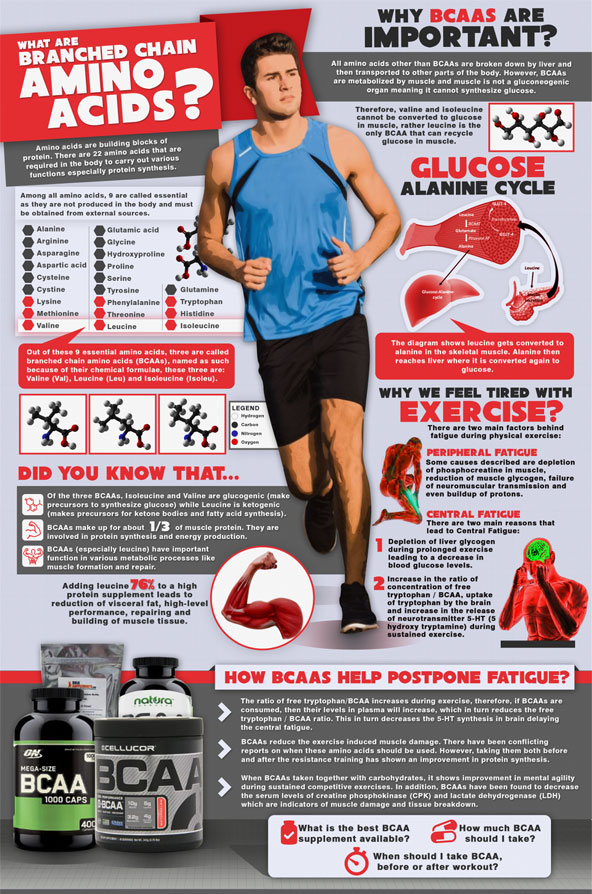 The feeling of hunger that appears at the end of a good workout is a myth. We offer 6 evidence-based signs that you have not worked in vain. The next time you leave the gym, go through the following steps:
The feeling of hunger that appears at the end of a good workout is a myth. We offer 6 evidence-based signs that you have not worked in vain. The next time you leave the gym, go through the following steps:
1. YOU HAVE NOT TALKED
Next time, to check how efficient you are, try to have a few words with one of your gym buddies during the next set. If you can easily maintain a lively conversation, you are doing something wrong.
For skeptics, a more scientific approach: create your own load scale from 0 to 10, where 10 is your maximum and 0 is your resting state. So, during the exercise, the load level should be kept at 6-7 - this means that you work quite intensively, and you can hardly chat with your neighbor at ease. nine0003
2. YOU BARELY FINISHED THE LAST SET
As the last set of reps approaches, do you slow down, put in more effort, literally complete the final set with the last effort? Excellent! This is a sure sign that the muscles are well loaded, which means that the training was effective.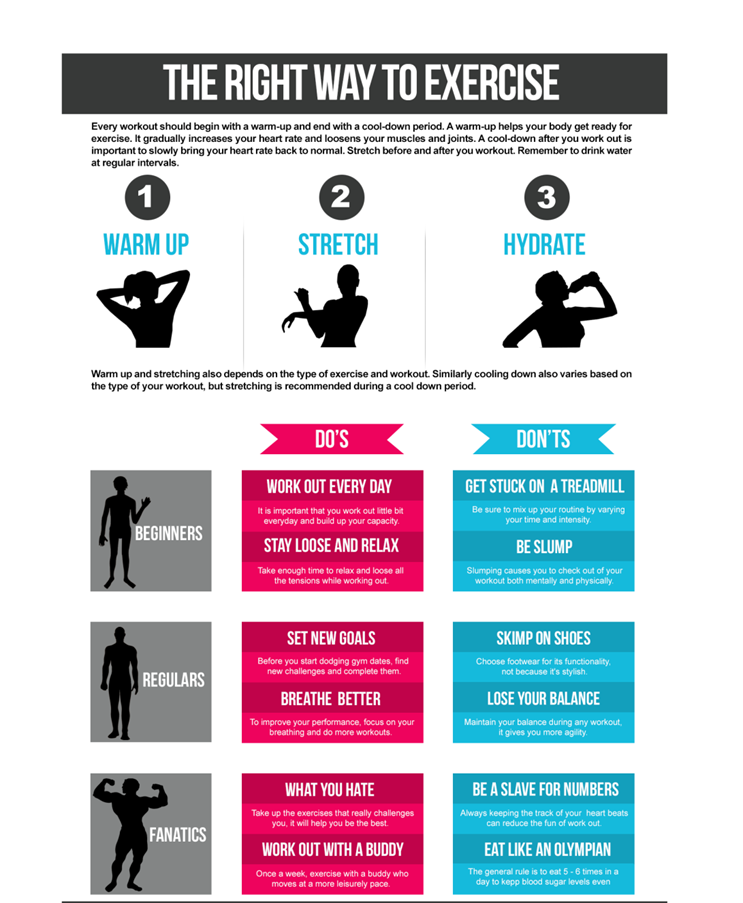
3. YOU KNOW YOUR MAX
The most accurate way to assess the intensity of a workout is to understand what percentage of your maximum you are working. For example, you can determine your maximum heart rate using the following equation proposed by scientists from The American College of Sports Medicine: 206.9- (0.67 x age). “For training to be called effective, it is necessary to work at 80-90% of 100% of the maximum possible,” scientists from the aforementioned university advise.
4. YOU LEAVING THE HALL IN A HIGH MOOD correct workout. If, despite physical fatigue, you still have enough strength and energy to actively spend the rest of the day, you are on the right track. nine0003
5. MUSCLES INCREASE IN VOLUME
Yes, it's true! After an intense workout with weights, blood rushes to the muscles, taking toxins with it and enriching the muscle tissue with oxygen and nutrients, due to these processes, the muscles swell for a couple of hours, visually increasing in volume.